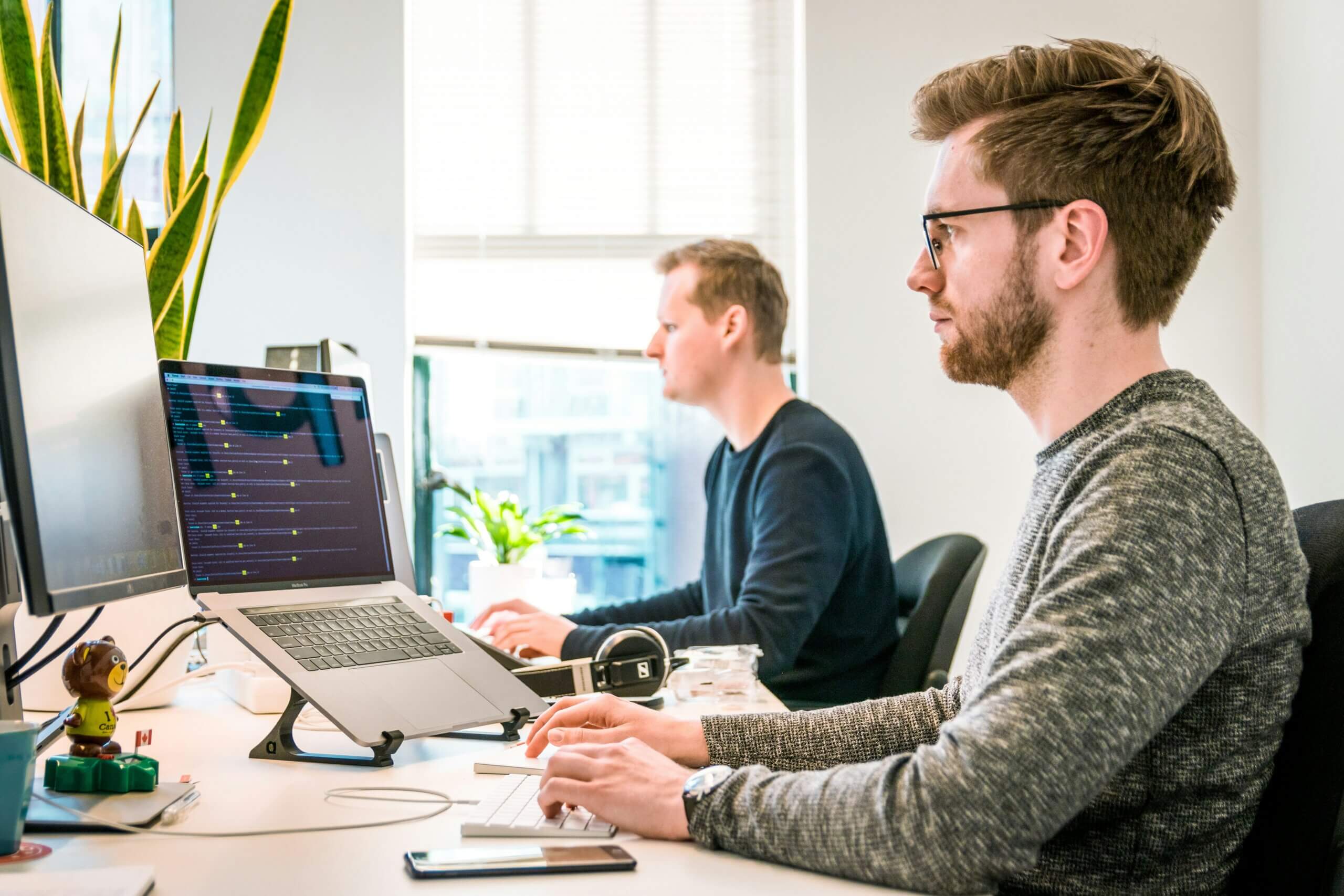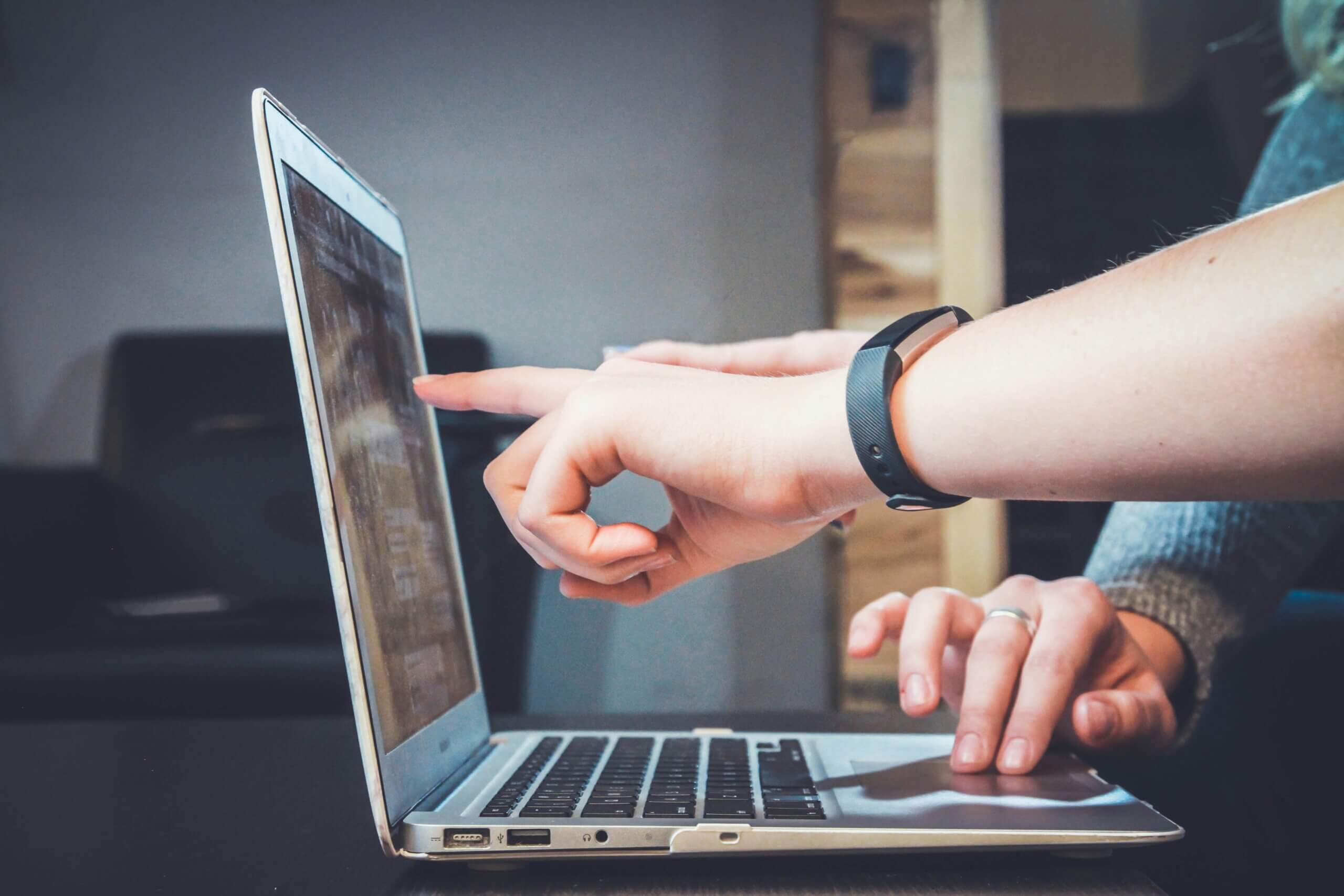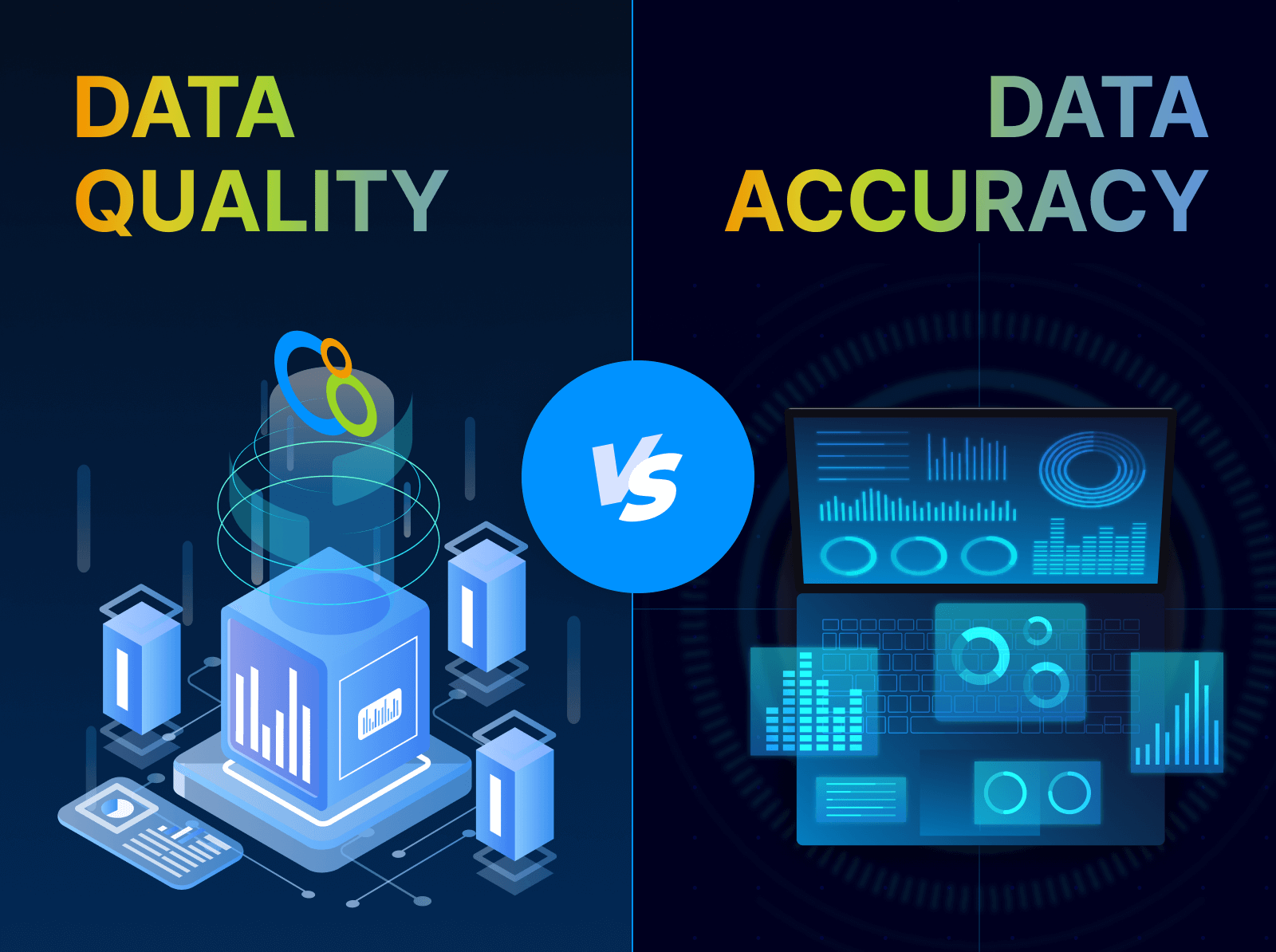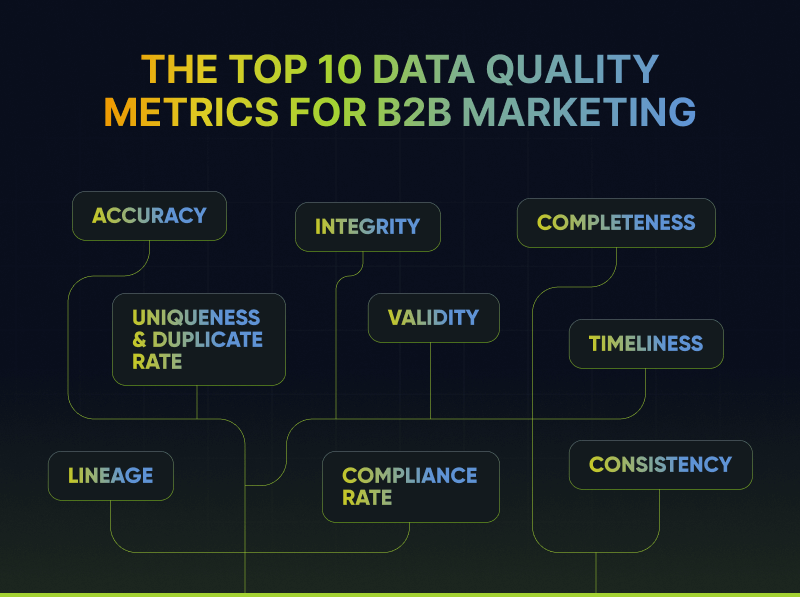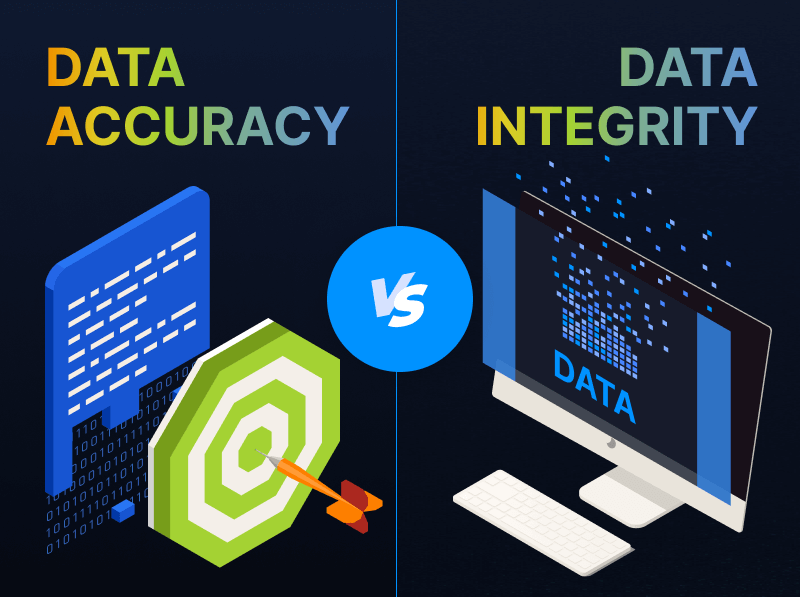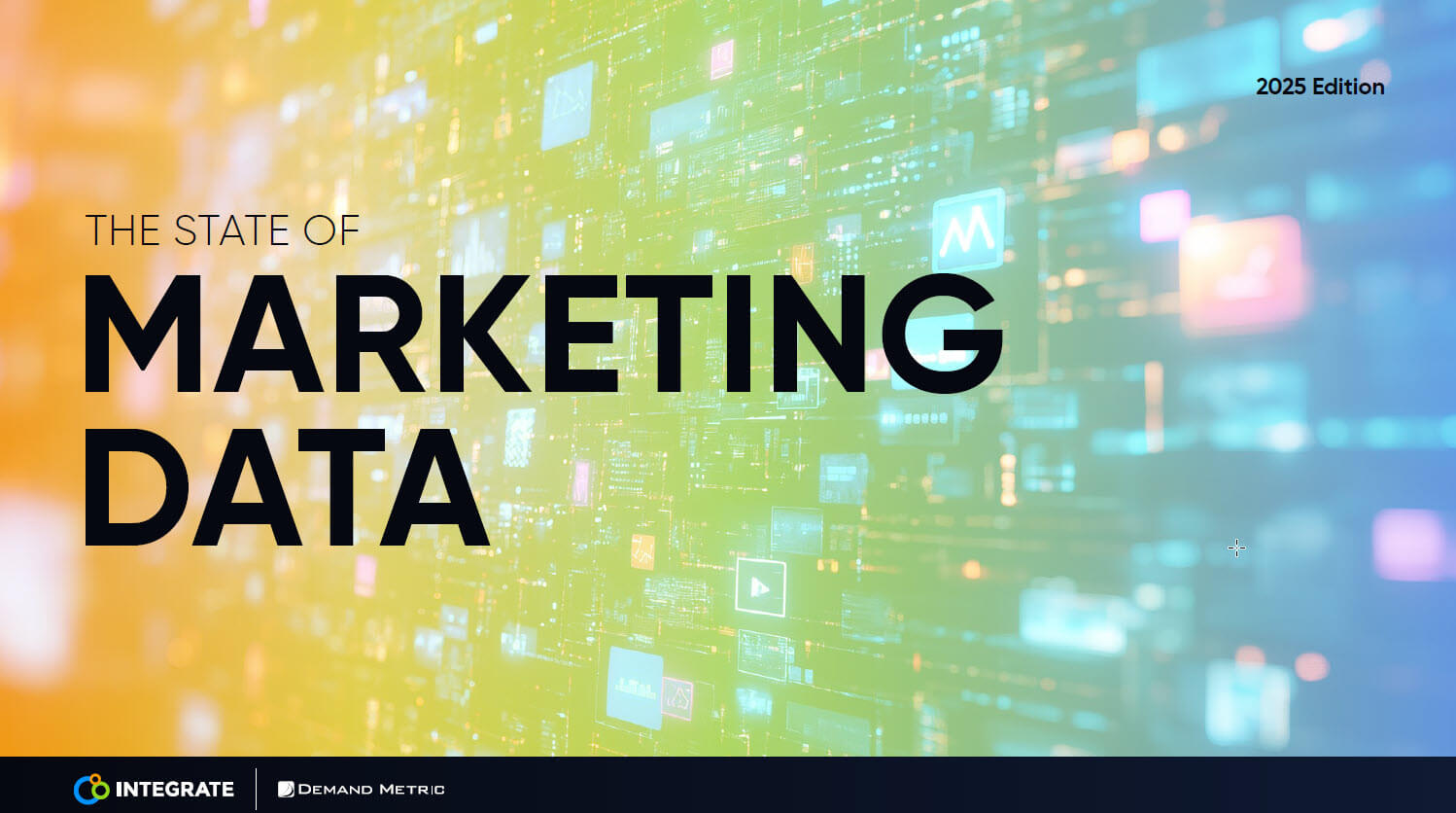The Dawn of Marketing Orchestration Key Takeaways
In a recent webinar hosted by Integrate, Scott Vaughan, Integrate’s chief growth officer, Kerry Cunningham, vice president and principal analyst for Forrester, and Mike Riding, the director of digital marketing at Workfront, discussed marketing orchestration and the powerful impact it’s having on B2B marketing. This post is an overview of that webinar.
You can view the full webinar here.
What’s this trend about?
Marketing orchestration is going beyond the simple automation of marketing and unifying, and connecting data, process, programs and tech. It is meant for today’s requirements to deliver better customer experiences, tighter integration with the buyer’s journey and greater business impact. What’s different? An orchestration approach enables new levels of connectivity, intelligence and activation for your marketing effort.
The path forward.
Today, the speed at which we’re sharing information and the pace of change are intense. Competition is fierce. Every brand has great content and a believable value proposition, so it all sounds pretty reasonable to your prospects. And the formulas we’re using to put out great content––to create great engagement––are all pretty much the same.
In order to innovate, we need to tear down silos and eliminate one-off efforts. We need a pipeline filled with the kind of high-quality data that we can put to work. Marketing orchestration gives us that.
It also keeps us from overwhelming and blasting our prospects. And that happens not just through compliance, but by getting permissions and opt-ins, which allow us to create the exceptional experiences we all really want to deliver.
As we move forward, orchestration will help us transition from a funnel mentality to that of a customer journey. We’ll unify the pieces and put those pieces together, integrating data processes and programs while improving data quality.
Shifting to a new kind of group think.
Marketing orchestration will require a culture change for some companies, according to Kerry Cunningham, vice president and principal analyst at Forrester Research.
Cunningham said there are often incentives within organizations that prevent decision makers from failing to see the big picture. And the big picture today means satisfying the information needs of both individuals and individuals within teams.
“In B2B, our research shows that over 80% of purchases over about $5,000 annual value are made by groups or teams of three or more people. Another 13% are made by two people,” he said. As a marketing organization, your job is to help orchestrate those unique journeys, those unique information needs, so all team members in a buying organization end up at a common destination.”
But your marketing efforts don’t end when you deliver content and experiences to the members of those buying groups. According to Cunningham, you need to see when those members are consuming that content. And you need to discern the difference between an organization that is coming to you with five people from a buying team and an organization that’s coming with just one person.
How to get there from here.
As you consider marketing orchestration, start by thinking about all of the things you’re doing to connect with your target audience right now. You’re using content syndication. You’re using events. You’re driving people to your landing page and your websites. You’re hosting webinars. And you’re posting on social: LinkedIn, and Facebook.
“Each of those efforts can be siloed,” said Scott Vaughan, Integrate’s chief growth officer, “but it sure is better when you start to connect those in a standardized process, so you get speed and efficiency and quality.”
When all of that data is unified through the Integrate Orchestrate platform that data is validated, compliant, and standardized, enabling you to accelerate conversions and revenue in a very strong process.
To find out more about how the Integrate Unity platform can help you on the road to marketing orchestration, contact us.


